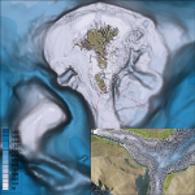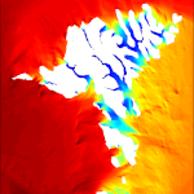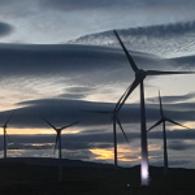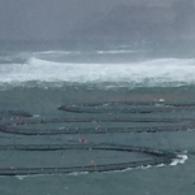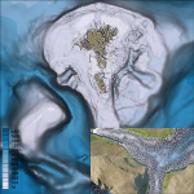Center for Ocean Simulations at the University of the Faroe Islands (COSUrFI)
The sea is of major importance for almost all activities in the Faroe Islands. Almost the entire export values comes from the fishery or fish farming in the sea and transportation is still across straits or between countries on sea. In leisure actives in boats are increasing and in sport rowing in traditional boats on sea is considered as the national sport. Tidal currents and ocean waves are still an untapped energy resource for fueling our modern society. These opportunities given by the nature requires a sustainable management and adaption to changes, whether natural or man-made.
This requires a good knowledge of the sea. In order to improve the understanding of the processes in the ocean, a multidisciplinary numerical model has begun to be developed for the Faroese sea territory from the deep oceans surrounding the islands and into the straits and fjords. Here we have chosen to use the FVCOM model, which was originally developed by the University of Massachusetts-Dartmouth, USA, in the version prepared by Plymouth Marine Laboratory.
The foundation of COSUrFI relies on earlier research at the University of the Faroe Islands. The recent work in the year 1999-22 leading to COSUrFI was made possible through a grant from the salmon producer Bakkafrost, while derived and other attached projects were supported financially by other supporters.
| Ongoing Projects: | |||
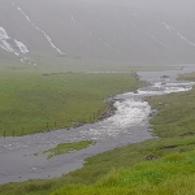 |
| High resolution wind atlas for the Faeroe Islands | |
| |||

